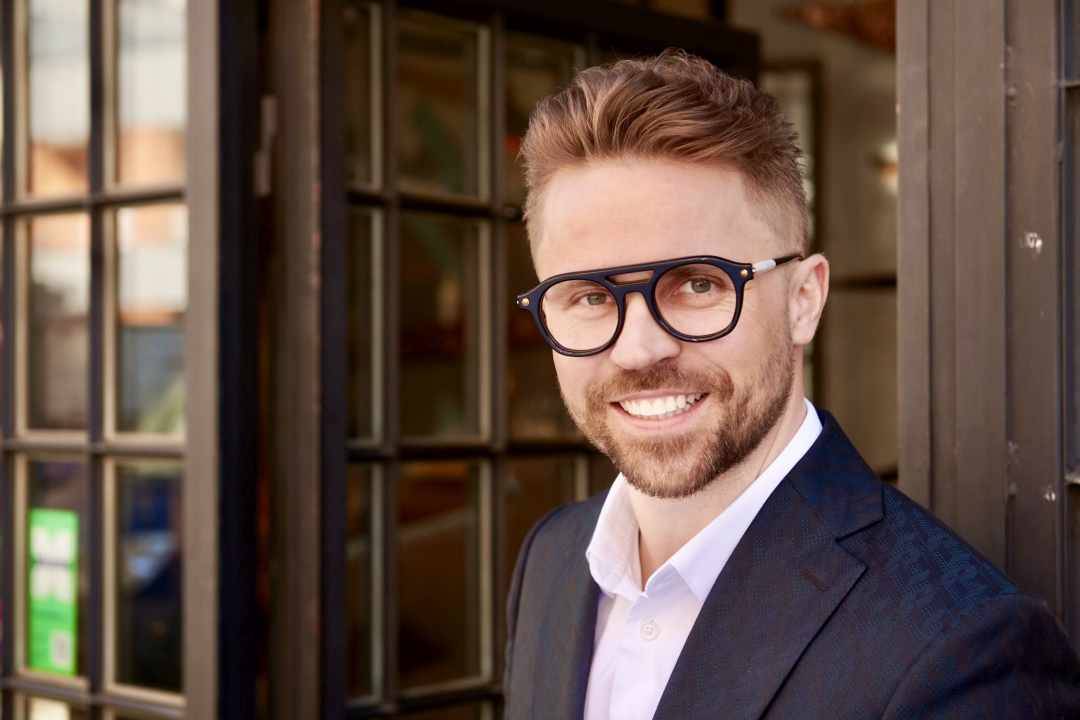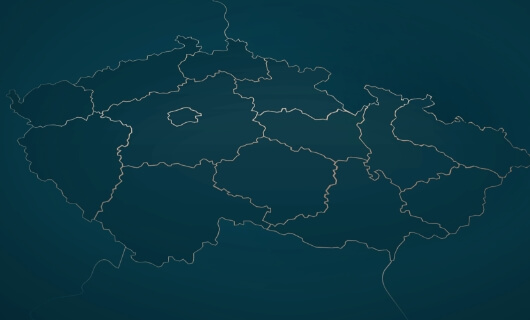
Roland Hofman (Urbanity): We’re changing industrial development
Construction is underway on the next two production buildings at Urbanity Campus Tachov. Urbanity is building what it sees
as the next generation of industrial developments that integrate brownfield sites into the existing urban fabric while focusing
on employee comfort and well-being.
The Tachov campus is the first development in the Czech Republic to earn a BREEAM Communities award, something it managed
by providing features like relaxation zones, an on-site doctor and educational groups for pre-schoolers. The buildings all
have rooftop photovoltaic panels (including battery storage) and offer electric charging stations. Along with production facilities,
the development will include a grocery store, residential villas, a kindergarten and a hotel. Phase 2 with its 37,000 sqm
of new space is scheduled to be complete by year’s end.
“We’re creating industrial buildings tailored to specific clients to provide bespoke space at the highest standards,”
says Markéta Šimáčková, COO and Deputy CEO of Urbanity Group. “People spend most of their day in buildings, so in our
developments we feel it’s important to put people first.”
It’s an intriguing approach that can’t be dismissed as an insignificant exception to the rule. Campus Tachov itself will
grow to over 110,000 sqm of mixed-use development, but Urbanity has already begun work on two similar projects. Director Roland
Hofman claims they’ll be even better. “More is coming. We always aspire to out-do ourselves in every aspect,” he says
in an interview with ThePrime.
How is what you’re doing in Tachov different than what we’re used to from other industrial developers?
These project aren’t only about the warehouses but about the people who are working on the premises. When we began the
process of identifying who our customer is, we immediately concluded that our customer is the person spending time there,
an employee working there. That’s a big shift in the mentality of how we do industrial development. We’re creating a working
environment that’s comfortable and friendly — one that’s very high-end. Our focus is on the on-site services, because
we’re interested not just in the time employees spend at work, but also the hour before and after work.
Could you explain that a bit?
When the employee comes to work, he might be bringing his kids to a kindergarten and want to grab a good cup of coffee. During
the day, he can spend some good time during lunch having proper food, and after work he can go to the gym, do the groceries,
pick up his kid, or he might spend more time in the cafeteria or the restaurant. We’re also taking a different approach
to building production space. Our projects are located within the regional towns. That fact alone creates extra motivation
to develop in a different way. Because if you’re in a city, you can’t just build massive logistics sheds.
What does that mean in practice?
What we’re bringing back to industrial development is architecture and design. Each project has its own architect who creates
an individual design. Creating industrial buildings whose design and visual aspects stand out is a real game-changer in our
industry. Moreover, if you’re operating in the cities themselves, you need to offer more than the grey sheds that are built
everywhere else. I’m speaking not only about the design but also about the services offered inside the campuses that are
also available to town citizens.
Wouldn’t it be simpler to work with just one architect?
If every campus is going to be unique, it needs its own architect. The local architect specialized in industrial buildings
practically doesn’t exist. So, the architects we work with are excited they can do something brand new and really change
the things. It’s exciting for all of us.
Was your approach influenced by your own needs as a space user?
It’s true that we own and manage a few industrial companies within our holding. But one of the highest motivations for
us was to change attitudes about the industrial parks. Our highest priority was the way these buildings impress you, the way
you feel about them and how you work and operate inside them. We made a list of the things we thought need to be changed.
Can you give me the top 5?
Definitely it’s the architecture and design. It’s putting people at the center of things again. Developing in an environmentally
friendly way. Doing it together with the community by putting them in the process, so they feel they’re a real part of it.
Finally, creating a complex solution for the whole campus.
How do you convince a skeptical public that you’re not like all the other industrial developers?
It was extremely difficult. It’s as much about building confidence as it is about the material things you’re creating.
It takes time. The only valid strategy is acting by doing. And we always exceed expectations.
What’s the response been?
It’s been really positive. And it comes from all sorts of people — whether it’s the mayor, a neighbor, an employee
or just someone living nearby. They come to us to say how grateful they are that we did it the way we promised.
Do they realize that if you didn’t build there, someone else probably would have?
Yes. That was one of a hundred arguments we used from the start: that if someone else comes, it could easily get done in
ways they disagree with. It took us longer at the beginning, but now they use us as a positive example of the way development
is supposed to be done.
Do you think this type of project will be more difficult for an institutional investor to understand and evaluate?
We haven’t been searching for them, but we’ve already been approached by a few. Apparently, someone already understands
the value we are creating.
I take it that means you’re not interested in selling.
We’re not interested in selling now. There’s no point with reference to all our developments and acquisitions that are
currently in the process. And we still have fresh ideas and inspiring visions about how to develop further. We’ve earned
a BREAM Communities certification with the highest overall score in CEE as the first industrial project in the world. Energy
consumption on the campus is very low since all the buildings have an A rating. We have tenants on 10–15-year leases. Moreover,
we’ve received many prizes for best architecture and design, for ESG principles, for sustainability and ecology. I can’t
think of any reason why institutional investors wouldn’t be interested.
